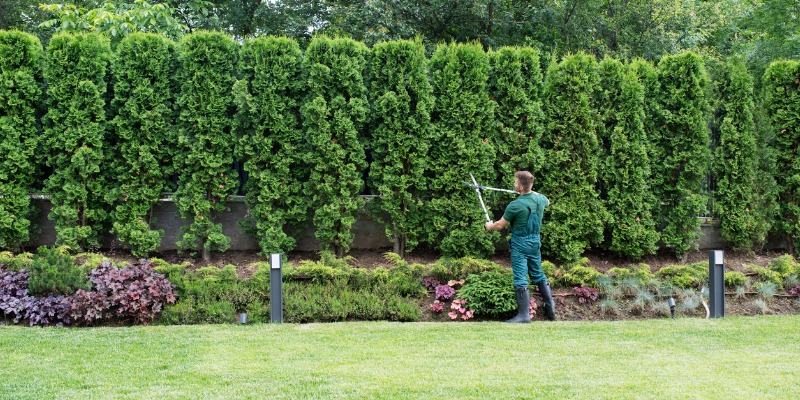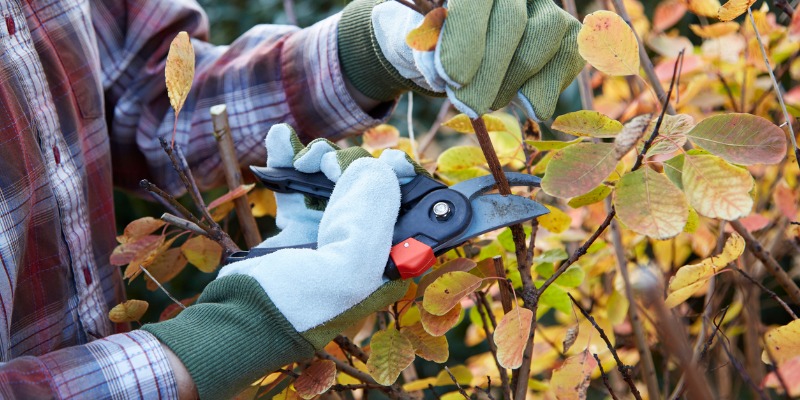Many experienced, confident gardeners become unusually nervous when you hand them a pair of pruning shears. What, when and how to prune ornamental trees and shrubs often seems much more challenging than planting, fertilizing and mulching. After all, if you cut the wrong limb, it can take years to grow back. At the same time, pruning is an effective way to revitalize old shrubs and remove poorly growing limbs before they become problems. Here are a few guidelines so you will know what you are doing when you make the first cut.
Pruning Tools
For most pruning jobs, you will only need a set of hand pruners and loppers. To cut larger limbs on small or large trees, you need a pruning saw. Good quality hand pruning shears will cut branches up to about one inch diameter. That will be all you need for many shrubs, but some large shrubs have thicker branches. Loppers have long handles for better leverage and will cut one and a half inch diameter limbs.
Basic Pruning Guidelines
For all types of pruning, the first step is to remove any dead, diseased or damaged branches. The next step is to prune interfering limbs that are crossing or rubbing against other limbs. Often, that will be enough. If growth is very dense, look for pairs of limbs that are growing close together, essentially serving the same purpose, and remove one of them.
Beyond that point, pruning depends on the type of plant, tree or shrub, and the purpose, such as to stimulate more flowering. For flowering shrubs and trees, the general rule is to prune after flowering is completed for the year. If you wait and prune after buds have formed, you will reduce the number of flowers for that season.
When you are removing a branch, cut back to the base where it attaches to a larger limb. Do not leave short stubs. It is generally not necessary to put tree pruning sealer on cuts. Healthy trees do a pretty good job of healing themselves.
How to Prune Shrubs
Allow and encourage shrubs to grow to their natural shape and form. Unless you have a formal or historic garden, shearing shrubs or pruning them into tight, dense balls will create more maintenance problems than it solves. For older, bushy shrubs with lots of stems, removing the oldest stalks will help to revive the shrub, letting more light into the center of the plant.
If growth is sparse and you want to encourage new, denser branching, cut the end of existing branches back several inches to a point just above a leaf bud. This will stimulate new growth.
How to Prune Trees
basic guidelines above and then remove any suckers or shoots that are sprouting from the base of the trunk. As trees grow taller, you may wish to remove the lowest limbs. Cut them back all the way to the trunk. Horizontal limbs are actually the strongest; consider removing limbs with small angled intersections or those competing with the central leader.
Young trees need their foliage to grow and develop, so keep pruning to an absolute minimum. For established trees, don’t remove more than 20 to 25 percent of the tree’s limbs or foliage in a single year. For any pruning situation, you are not sure about, it’s best to consult with an expert. The professionals at Lawrence Park Complete Garden Care know about landscape pruning and are easy to contact over the phone or at our location in Toronto.

